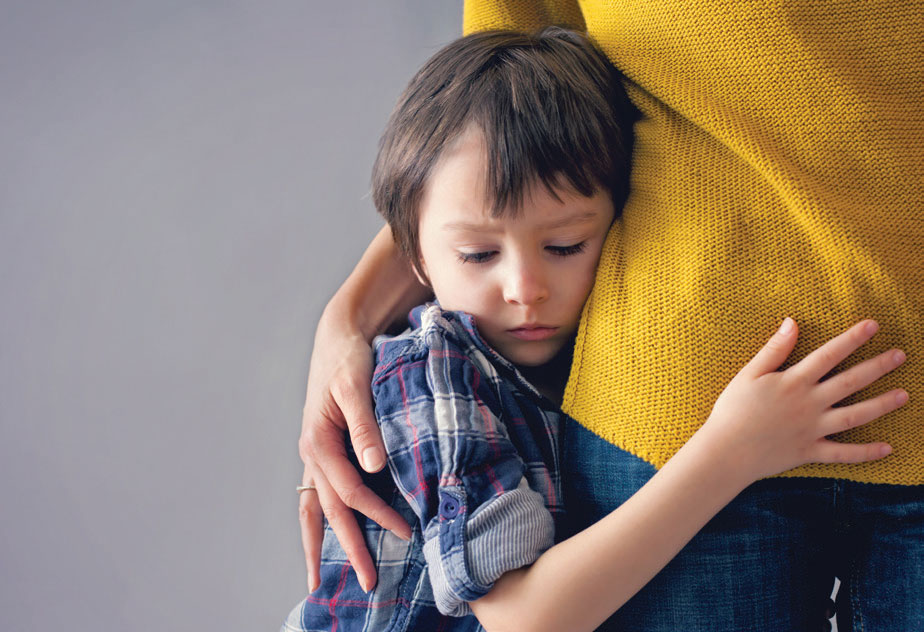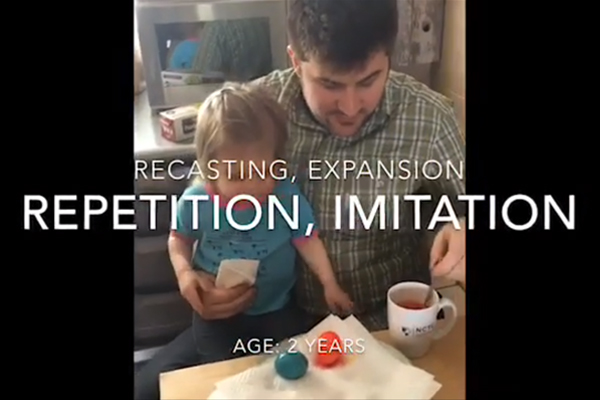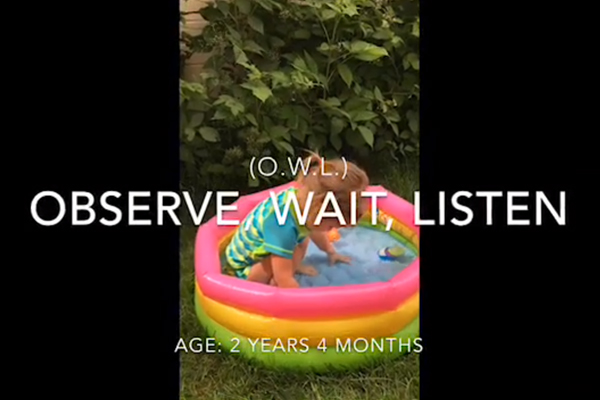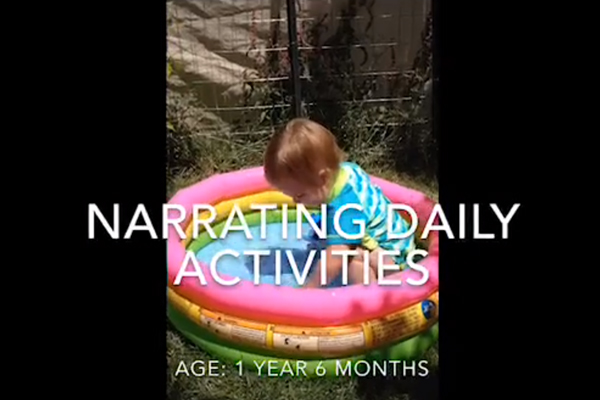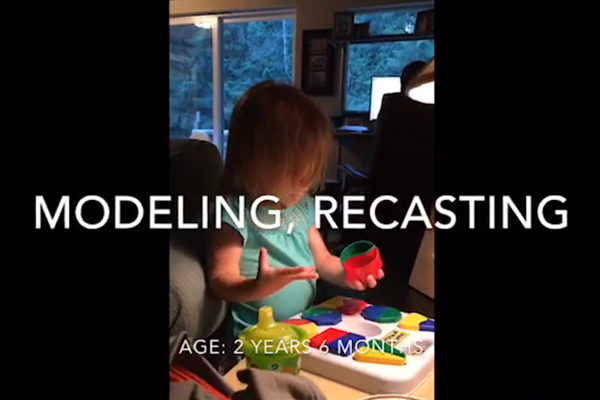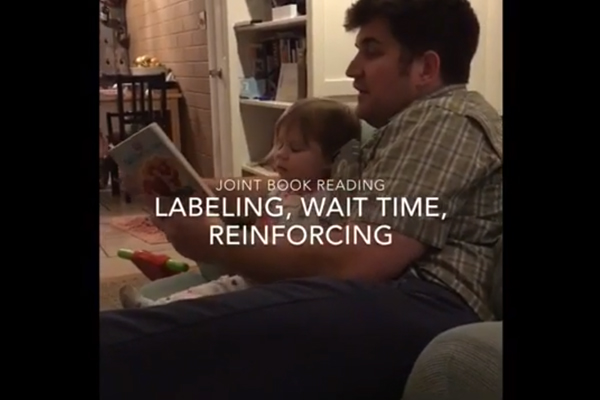Resources
-
Information for Parents and Caregivers: Diagnosis Related Grief
Even when a parent/caregiver has a strong feeling that something is going on with their child that they don’t quite understand, a diagnosis can be really difficult to accept. Processing the grief associated with a diagnosis can be a very challenging path for families and can lead to frustration, miscommunication, and hurt feelings. This handout […]
-
Information for Parents and Caregivers: Childhood Stress Handout
In really small doses, stress can be healthy. Any time we are required to learn, grow, and change, humans feel stress. Childhood is full of changing developmental needs, evolving understanding of the world around us, and a constantly fluctuating set of expectations from peers, parents, and caregivers. The feeling of stress helps us work extra […]
-
Information for Parents and Caregivers: Childhood Anxiety Tip Sheet
Current studies show that roughly 30% of children between 3-17 years old experience symptoms that lead to a diagnosis of anxiety each year. Anxiety can have a genetic component and is often caused by a combination of familial disposition, circumstances, temperament, and experiences. The attached parent information sheet provides more information about childhood anxiety, tips, […]
-
Information for Parents and Caregivers: Remote Learning Tip Sheet
As we’ve all done our best to transition to a very different system of living in the last several months, parents and children have had to shift, stretch and pull together like never before. With the remote learning system being facilitated by our incredible teachers, many parents are asking for tips to help best support […]
-
Encompass “What is Sensory Processing?” Handout
In this handout, Encompass Occupational Therapist Kavita Sleight, OTR/L, explains sensory processing, gives examples of common challenges that can indicate issues with sensory processing, and provides strategies and tools for dealing with different types of sensory processing challenges.
-
Recasting – Modeling Video
This skill involves taking words your child uses, and adding to them so that your child is hearing more complex language. It also helps your child feel understood because you are acknowledging what they said with the words they used.
-
O.W.L. – Observe, wait, listen! – Modeling Video
OBSERVE: Watch your child and notice what has their interest. WAIT: Wait 5-10 seconds for your child to process what they are observing. They may start talking when you wait. LISTEN: If your child talks, you can restate what they shared and affirm what they notice going on around them.
-
Narrating Daily Activities – Modeling Video
Even before your child can talk, they are learning to listen and learning about the world around them. When you use simple language to describe daily activities, it will help your child make sense of their world. Eventually, they will learn to tell you about what’s happening around them.
-
Modeling/Recasting – Modeling Video
Children often practice new words until they get the hang of them. Although not clearly articulated, the parent is restating the attempted word (splat) for the child in order to encourage her to keep practicing the word. This also teaches your child how to comment on what they are doing.
-
Joint Book Reading – Modeling Video
Take turns reading and interpreting the story together. This may simply mean letting your child notice things in the book, or having the parent take the lead reading the story, pausing to ask the child what they see or provide an idea.




